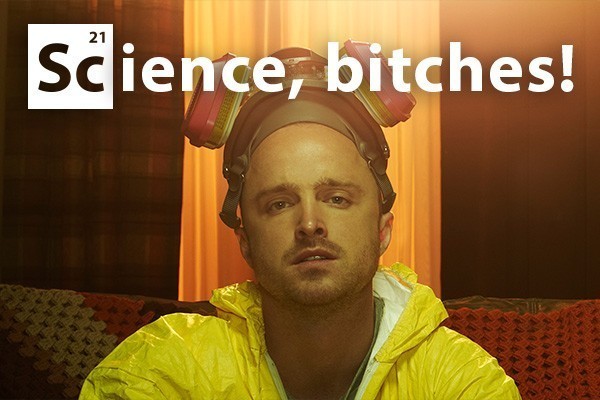Coral bleaching is one of the adverse affects of global warming we hear about, time and time again in the media. Since Al Gore’s fucking-do-something-right-now documentary, An Inconvenient Truth, coral bleaching is a process that is commonly cited along with others such as mass starvation, melting ice sheets, extreme weather events and mass extinction, that tell us global warming is real and we’ll be in trouble if we don’t do something soon. Some of these processes seem quite straightforward. It turns out coral bleaching is pretty complex.
Most of us have a basic idea of what coral bleaching is - the coral dies, it goes all white and all the fish and everything else dies too. That’s pretty much the gist of coral bleaching. Corals are super rad ecological structures. Corals are built up of various limestone layers. On top of these layers live algae, which photosynthesise, providing sugar or food for the coral. In exchange the coral gives a home for the algae and some key nutrients. Algae gives the corals colour. Without algae, the limestone skeleton is revealed making the coral appear white and transparent or bleached.
Deadly spikes in ocean temperature are directly related to coral bleaching. Coral reefs are not equipped to survive in the warmer oceanic temperatures brought about by global warming. If oceanic temperatures becomes too hot, coral experience a sort of heat stroke and expel the algae they rely on to survive. Without algae, coral literally starves to death.
The relationship between the coral and it’s algae is fundamental to the survival of coral reefs. Coral reefs provide the foundations for the wider eco-system. So when coral bleaches, its anemones die and so to does Nemo the Clownfish, who relies on the anemone for food and shelter. Because ecosystems are comprised of complex interdependent relationships, when you impact one species you impact them all. So when coral starts to die, the whole eco-system is in trouble.



